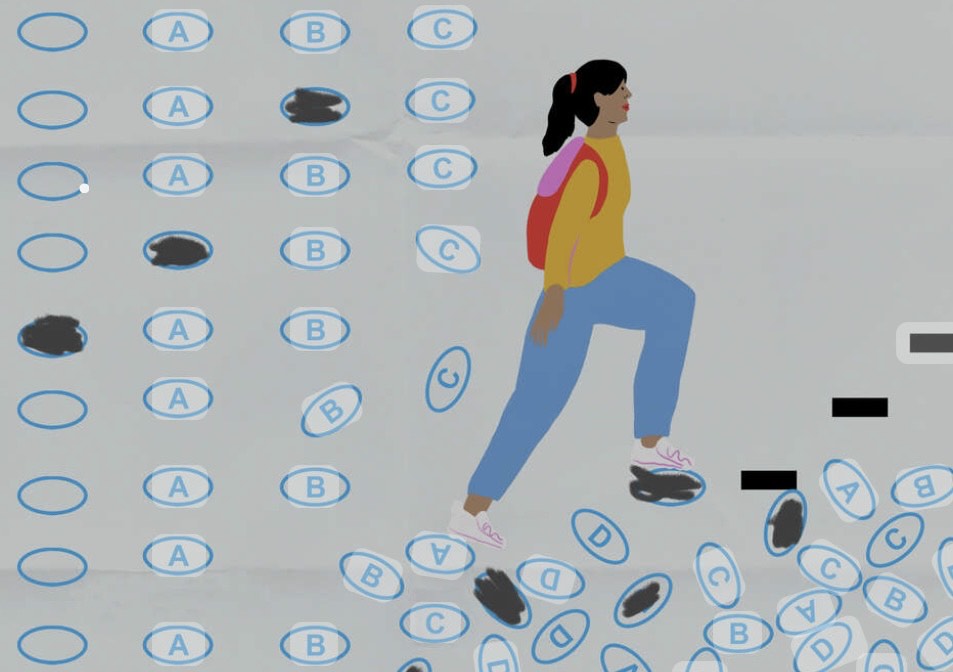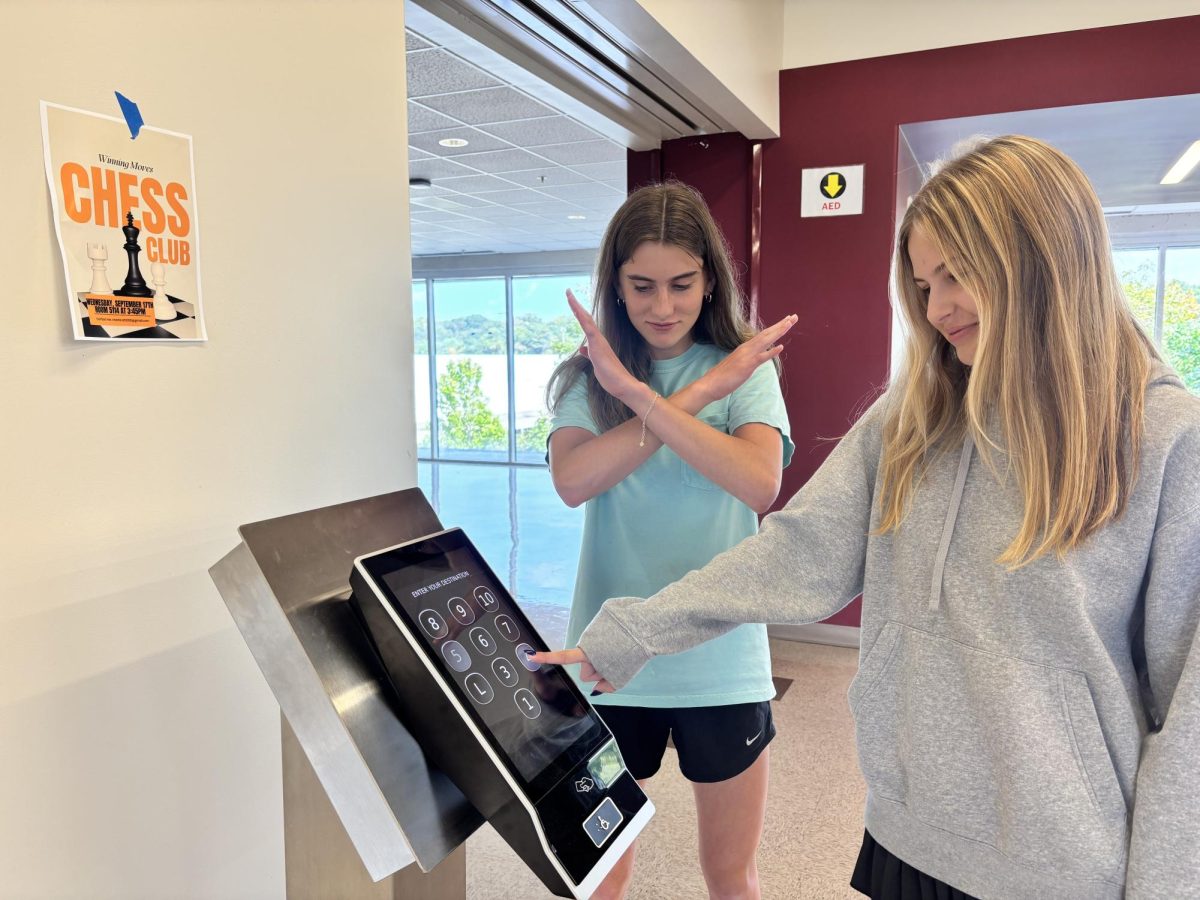The acronym SAT no longer stands for anything, but the test continues to carry weight. Three hours and fifteen minutes determines the future of American students. The College Board states that the SAT assesses how well test-takers analyze and solve problems. However, the questions are not a meaningful measure of intelligence, as there is no correlation between IQ (intelligence quotient) and SAT scores. Instead, the questions are culturally biased, catering to the wealthy.
COVID-19 has accelerated the reevaluation of standardized testing in college admissions. The pandemic disrupted the traditional administration of tests like the SAT, leading to widespread test cancellations and logistical challenges. These unforeseen circumstances forced colleges and universities to adapt quickly, emphasizing flexibility and holistic evaluations. As a result, the value of standardized tests has been further called into question. The temporary suspension of these tests in many admissions processes has prompted educators and policymakers to reconsider their role in accurately gauging a student’s potential. This is also supported by the study conducted by the National Association for College Admission Counseling (NACAC), which found that the correlation between SAT scores and first-year college grades is modest at best, raising questions about the test’s predictive validity.
The glaring disparity in test preparation resources is a testament to the SAT’s socioeconomic bias. Wealthier families can afford expensive tutoring services, extensive test prep courses, and practice materials, giving their children a substantial advantage over their less affluent peers. Consequently, the SAT becomes more than just an evaluation of academic skills; it reflects the economic disparities that persist in our education system.
The elimination of the SAT as a requirement for college admissions has gained momentum in recent years. Institutions such as the University of Chicago, Columbia University, and more than 1,000 others have recognized the limitations of relying solely on standardized tests for admissions. This shift is supported by data showing that high school GPA is a stronger predictor of college success than standardized test scores alone. This shift acknowledges that a student’s potential and capabilities extend beyond their performance in a single test on a particular day.
As high school students navigating the labyrinth of college applications, we must critically examine the role of the SAT in our educational journey. Students should advocate for a more equitable and inclusive approach to college admissions.














